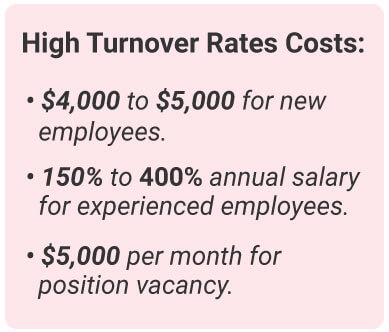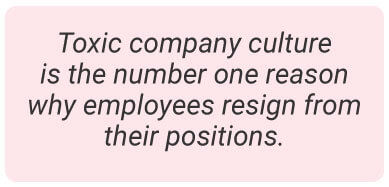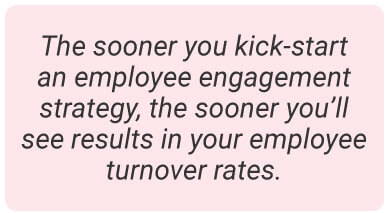
How to Reduce High Turnover
August 1, 2022
|
Erika Rahman
So what are employee turnover rates?
What does a high turnover rate mean for a job?

How can I go about reducing employee turnover?
Workshop your company culture

Restructure the work environment
Focus on career development
Activate employee engagement

Boost your employee engagement with Motivosity
About the Author

Erika Rahman is the Content Marketing Specialist at Motivosity. She studied marketing and business management at Utah Valley University. Erika has a broad background, ranging from optometry to trade school administration, giving her a love and understanding for people across industries. She grew up in Northern California and Colorado, and currently calls the Utah slopes home.
Learn More
Learn More






